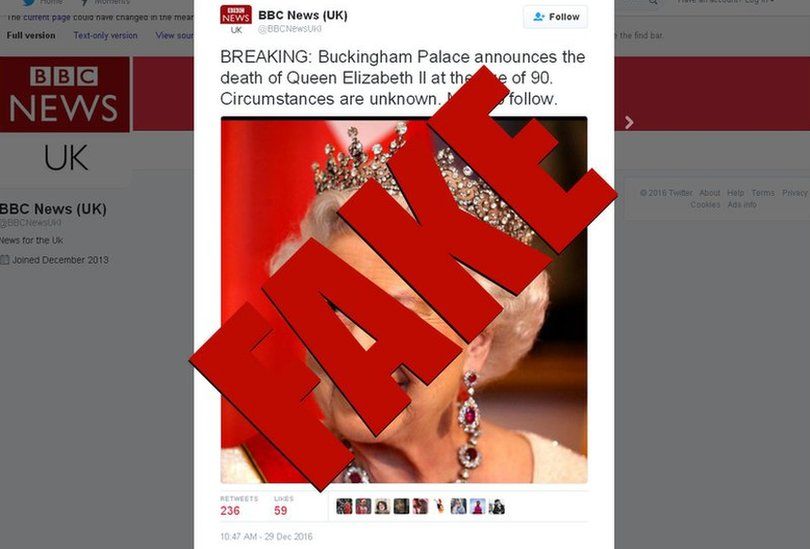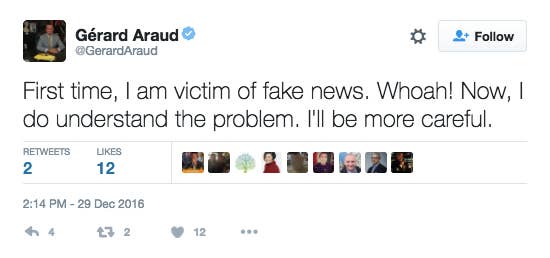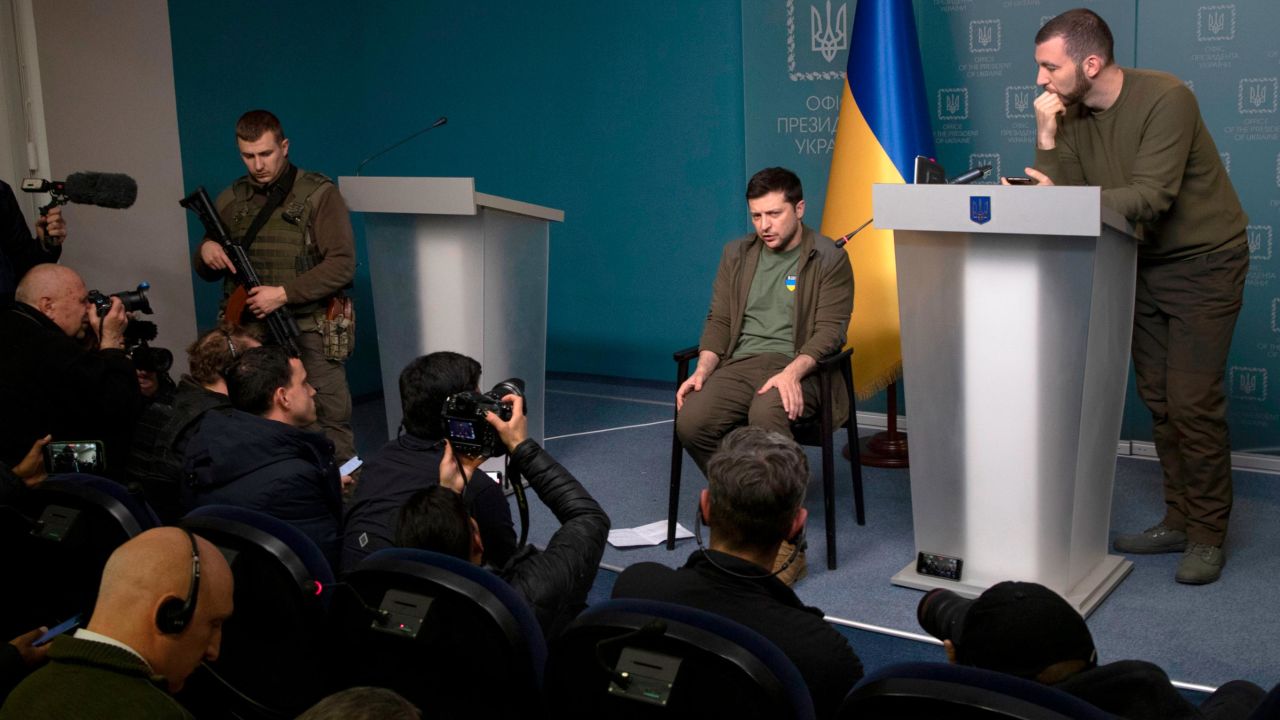

Image from Christopher Weyant at The Boston Globe

In 2016, a Twitter account impersonating BBC News tweeted that Queen Elizabeth II had passed away. The Queen was, of course, very much still alive, but a number of people (including Gérard Araud, who was the French ambassador to the United States at the time) fell victim to the online hoax.
The Twitter account was later suspended, but not before it had already sparked a wave of rumours and misinformation regarding the reliability of government-funded media. For more information regarding how quickly these rumours spread, check out this article from BBC News.
This proves how important it is to fact-check and to think critically when it comes to the news.

We would love feedback if this page was useful to you! If you have additional questions please reach out to us and we can try our best to help.
Bias is a way of thinking or writing in a certain way about the world. It strays from a neutral telling of events, or a neutral opinion, in to one that is influenced one way or another.
This can distort your ability to weigh evidence in an objective manner and reaching a fair and accurate judgment. People can be biased and so can news sources.
How to spot media bias:

Western media coverage of the war in Ukraine has been criticised for displaying biased attitudes and beliefs. Observers have detected racist undertones in how the war has been reported by some major news outlets, as reporters have made damaging comparisons between Ukraine and non-European countries. This article from the Washington Post highlights how bias has crept into Western media coverage of the war. Here is an extract from the article:
"In one notable CBS News segment, senior foreign correspondent Charlie D’Agata, reporting from Kyiv, said Friday that Ukraine 'isn’t a place, with all due respect, like Iraq or Afghanistan, that has seen conflict raging for decades. This is a relatively civilized, relatively European — I have to choose those words carefully, too — city, where you wouldn’t expect that or hope that it’s going to happen.'”
This shows that bias continues to persist in the media today. It also illustrates how important it is to scrutinise your sources before relying on them.

Click HERE to see this chart in other languages
Graphic from the International Federation of Library Associations and Institutions
IADT LibGuides are licenced under a Creative Commons Attribution NonCommercial 4.0 International License (CC-BY-NC 4.0)